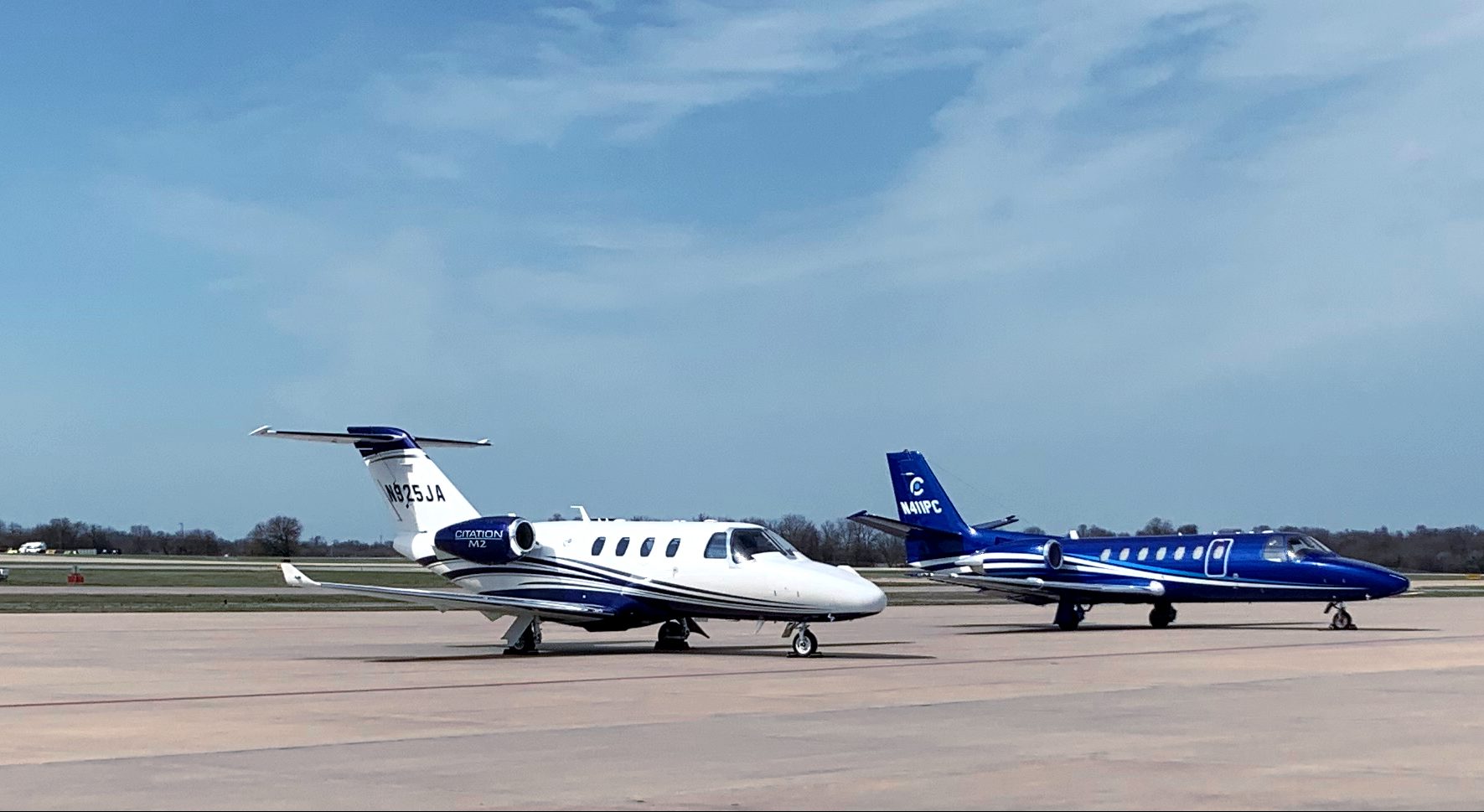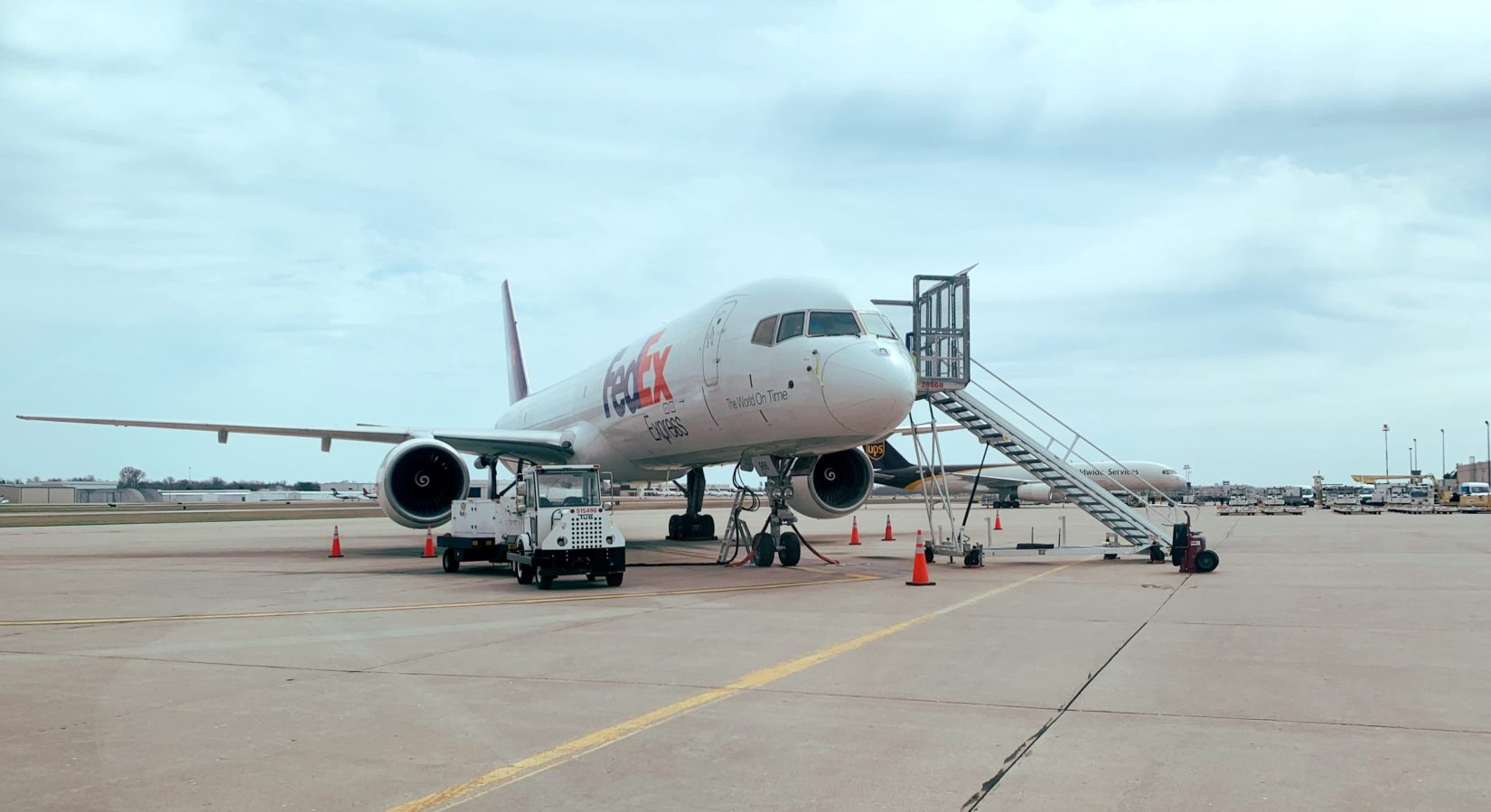Pilots who regularly fly private and charter planes in and out of Springfield should eventually experience less confusion and have more concrete to work with.
If you’re not interested in flying your own plane, but you are interested in commerce and air travel, an update to the airport master plan will be of interest. The U.S. Department of Transportation’s Federal Aviation Administration (FAA) awarded more than $608 million to build safer, more accessible airports serving a wide swath of the country. More than $5.1 million will go to the Springfield-Branson National Airport.
The Springfield-Branson National Airport will receive $5,105,280 to reconstruct a taxiway, rehabilitate the apron in front of the general aviation terminal and to update the airport master plan. The master plan will be a guiding document that the Springfield Airport Board and the Springfield City Council will use to make decisions regarding the airport over the next decade.
Together, the three projects under the FAA grant will have an impact of the Springfield-Branson Airport's ability to generate money and influence the southwest Missouri economy for years to come.
Consultants and airport administrators were already working to update the airport master plan at the time of the grant announcement, Springfield Director of Aviation Brian Weiler explained at a Springfield Airport Board meeting May 19.
“Quite a bit of work is going on right now, predominantly in the inventory chapter of the report,” Weiler said. “Airport history, socioeconomic factors, collecting a lot of data on land site facilities, land uses, things like that — so the consultant team is very much working, collecting this base data from which to jump to the master plan process.”
Related stories on the Springfield-Branson National Airport
Weiler and the consultants are working to assemble what he called “a stakeholder engagement group,” which will steer the master planning process. It will be made up of a cross section of stakeholders from airport users, business leaders, the airport board’s technical committee and the Federal Aviation Administration, plus some engagement from cargo haulers and the U.S. Army National Guard.
Weiler said it will take anywhere from a year to a year and a half to write the master plan.
“Making a congressional announcement is one thing, actually getting the grant on hand from the FAA in the current bureaucratic environment is another thing,” Weiler said. “A lot of timelines are not under our control, but it is still very good news.”
Hurry up and wait for funds
Weiler and Assistant Director of Aviation Dave Schaumburg were both pleased with the bids for taxiway and ramp reconstruction that the Springfield-Branson National Airport received from contractors. It could take anywhere from 45-60 days to receive the grant money from the FAA, but Schaumburg said that the contractors’ bids are locked for 120 days.
“We’re not going to start construction until we have the grant anyway, so we’re just waiting until we get the federal side lined up,” Schaumburg said. “We’ve got time, and FAA may take 60 days to turn the grant around for us.”
Once the federal money is in hand, the Springfield Airport Board will have to accept bids and finalize contracts for construction before any work is done on the taxiway or the ramp.
Taxiways are paths for airplanes at an airport. Whether they are hauling cargo, transporting passengers, taking instruction or just going out for a flight over the town, pilots use the taxiways to travel from the terminals and ramps to the runway when taking off, and vice versa when landing.
In 2021, the airport board approved plans to design the repaving of the general aviation terminal ramp and two taxiways that private airplanes and corporate-owned jets typically use when they fly in and out of Springfield.
Taxiway N is one of the easternmost taxiways on the airport property, and it is also one of the longest. It runs the entire length of the 7,003-foot east runway, Runway 2-20. The taxiway serves the general aviation side of the airport, which is where private planes and corporate jets take off and land. OzAir Charter Services, Bass Pro Shops and O’Reilly Auto Parts are just some of the clients who maintain hangars off of Taxiway N. The taxiway connects to the runway in six different places.

Why fresh pavement matters at SGF
A taxiway is like a major city street on an airport. Pilots use taxiways to navigate to and from hangars, to and from the runways and to reach a major source of income for the airport, the fuel farm.
A fixed base operator (FBO), like the general aviation terminal at the Springfield airport, is like a gas station on the side of the highway. An airport FBO is meant to make money for the airport. The FBO in Springfield sells about 1.5 million gallons of aviation fuel per year, and offers services ranging from airplane wing de-icing to catering and concierge services for pilots and travelers.
At any airport, an FBO is a key source of traffic and revenue. Some airports outsource their FBOs to third party vendors. The Springfield-Branson National Airport operates its own FBO.
To dress up the FBO operation in Springfield, the FBO was rebranded from FlySGF to Midwest Premier SGF, creating a feeling of separation from the airport as a whole.
In total, the Springfield-Branson National Airport sold about 9 million gallons of fuel in 2021. General aviation accounted for about 16 percent of the fuel pumped at the airport, and that represents the only fuel that the airport sells directly.
The airport only sells fuel on the FBO side to general aviation customers. Airlines and cargo carriers have their own contracts with fuel companies. However, the airport stores all of the fuel regardless of whether or not it is fuel for sale or contract fuel, and the airport pumps all of the fuel. The airport gets a very small fee per gallon when a commercial plane or a cargo plane is fueled.
Latest figures on flights
On the opposite side of the airport from the FBO, about 89,000 passengers took off or landed on flights from the commercial terminal in April 2022.
“We had another good month on the heels of a record month in March,” Weiler said.
Weiler said the airport is at 98 percent of the passenger traffic it experienced in 2019, a record-setting year before the arrival of the COVID-19 pandemic and a global decline in air travel.
Another statistic Weiler noted is that commercial airlines in Springfield have a 90-percent load factor in 2022, meaning that the average commercial flight that takes off or lands in Springfield has 90 percent of its seats full.
“With high fuel, labor, inflation and a lot of uncertainty, I do think towards the end of summer some people are predicting some drop-offs, especially with high airfares and other things,” Weiler said. “It’s still an uncertain market, but we’re still holding our own very well.”
The first round of 2022 Airport Improvement Program (AIP) grants announced May 12 will go to 441 airports located in big cities, small towns, and communities of all sizes in 46 states and two U.S. territories. This funding is in addition to the $20 billion the Bipartisan Infrastructure Law invests in U.S. airports.
“In communities of all sizes, airports are vital to regional economies, sustaining jobs and getting people and goods where they need to go,” said U.S. Transportation Secretary Pete Buttigieg. “These Airport Improvement Program grants will help make airports better, safer, and more accessible, so they can better serve people in every community for decades to come.”




